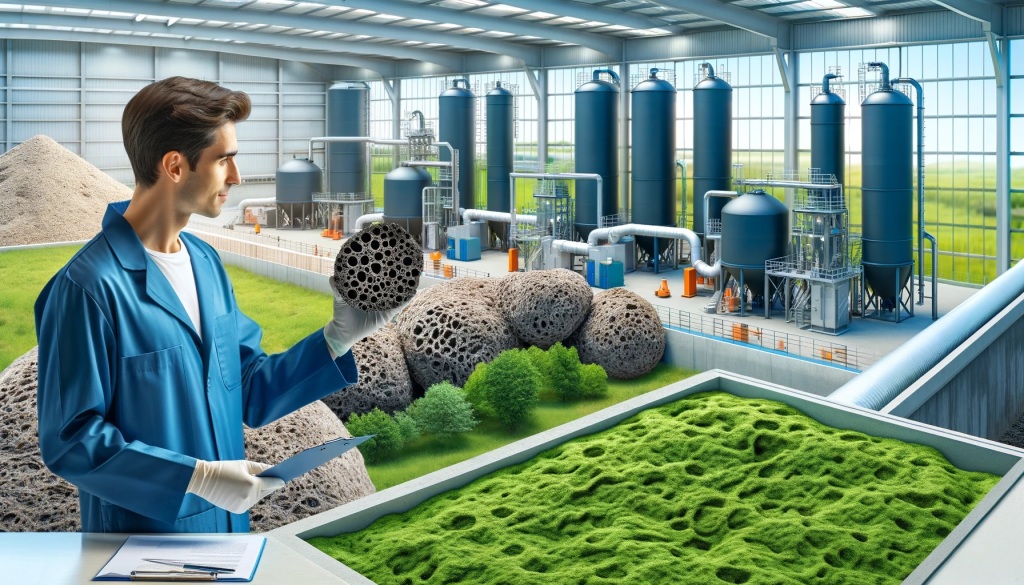
In a recent study published in Bioresource Technology, researchers explored the potential of biochar derived from advanced anaerobic digestion sludge to improve sewage sludge conditioning. This biochar, produced through pyrolysis at 800°C, demonstrated a high specific surface area (105.3 m2/g) and significant pore volume (0.17 cm3/g). The study found that adding biochar at a 20% dry solid dosage notably enhanced the dewatering performance of sludge by reducing capillary suction time and floc size. Biochar’s porous structure facilitated the absorption of extracellular polymeric substances, improving the effectiveness of cationic polyacrylamide and aiding in water-sludge separation.
The study highlights the dual benefits of biochar: not only does it condition sludge effectively, but it also offers a sustainable reuse option for the substantial amounts of sewage sludge generated. Traditionally, sludge treatment in Beijing involves thermal hydrolysis followed by anaerobic digestion, but limited land availability and the use of inorganic coagulants pose challenges. Incorporating biochar can mitigate these issues by reducing reliance on inorganic coagulants and improving the overall efficiency of sludge treatment.
Overall, this research introduces a novel approach to sludge management, demonstrating that advanced anaerobic digestion sludge-based biochar can serve as an efficient sludge conditioner, enhancing dewatering processes and supporting sustainable sludge reuse. The findings provide valuable data for optimizing sludge treatment protocols and reducing the environmental footprint of sewage sludge disposal.






Leave a comment